Breathtaking Panoramic Views of Lake Manyara
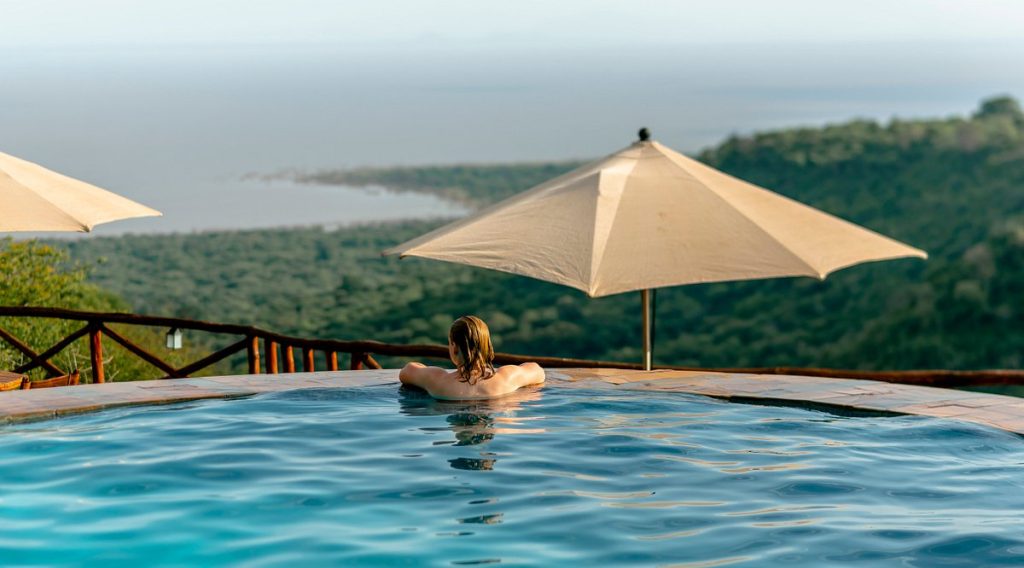
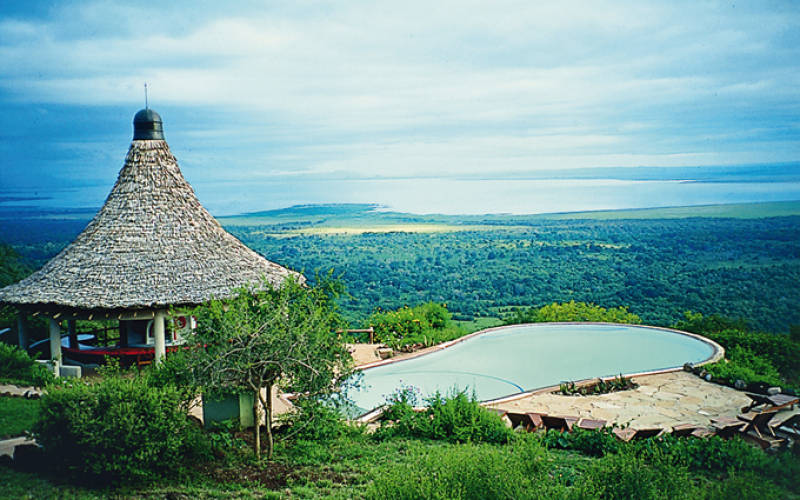
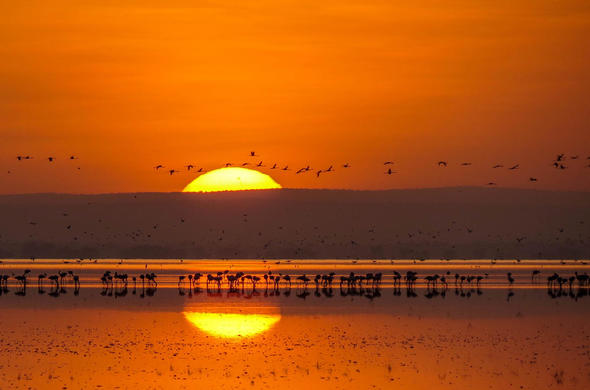
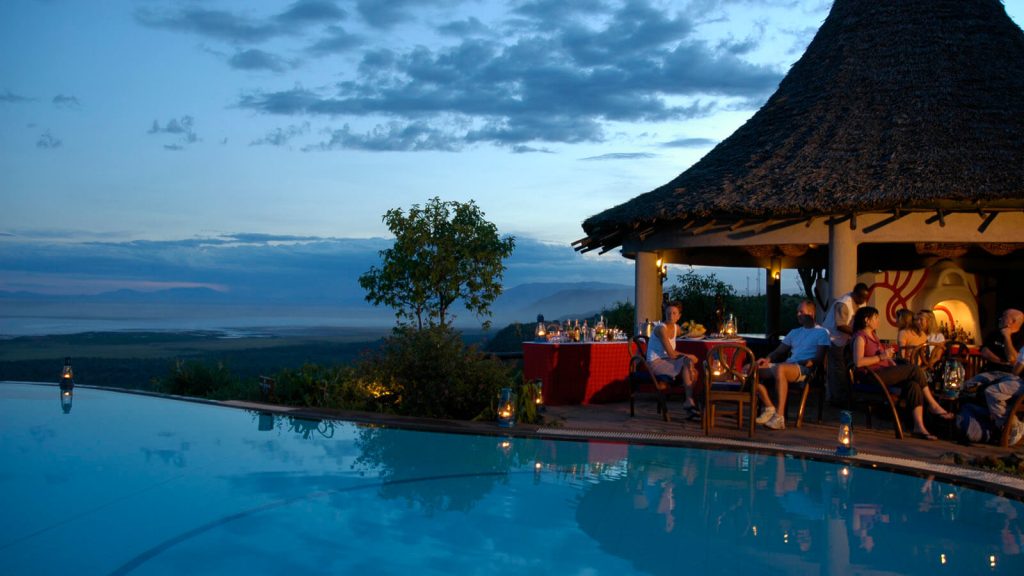
Introduction
Nestled in northern Tanzania, Lake Manyara National Park is renowned not only for its rich wildlife but also for its breathtaking panoramic views. The park is set against the backdrop of the Great Rift Valley escarpment, offering sweeping landscapes and unforgettable vistas. The Lake Manyara panoramic views showcase diverse ecosystems—lush forests, open grasslands, and the expansive alkaline lake that draws travelers from around the world. Here’s a closer look at what makes these panoramic views so captivating and how visitors can make the most of their visit.
The Scenic Landscape of Lake Manyara
One of the most striking aspects of Lake Manyara is its diverse topography. Covering nearly 330 square kilometers, the park’s landscapes change dramatically from lush groundwater forests near the entrance to savannah plains, the alkaline lake, and steep cliffs. This diversity creates numerous opportunities to capture the beauty of Lake Manyara from different perspectives:
- The Great Rift Valley Escarpment: Rising up to 600 meters, the Great Rift Valley escarpment offers an awe-inspiring backdrop to Lake Manyara. Visitors can view the lake from higher elevations and appreciate the contrast between the lake’s shimmering waters, the green forest, and the striking, rugged cliffs.
- The Lake Itself: Lake Manyara is a shallow, alkaline lake, stretching across nearly two-thirds of the park. From a distance, its glassy surface reflects the sky and surrounding scenery, creating stunning mirror-like reflections. During certain seasons, large flocks of flamingos turn the lake pink, adding another layer of beauty to the panoramic views.
- Open Plains and Acacia Woodlands: Beyond the lake and forests, the acacia woodlands and open plains add to the scenery. These vast landscapes provide perfect spots for viewing wildlife like elephants, giraffes, and zebras roaming freely, all set against a stunning natural canvas.
Best Viewing Points for Lake Manyara Panoramic Views
There are several key spots within Lake Manyara National Park and its surrounding areas that offer unmatched panoramic views:
- The Viewpoint at Maji Moto Hot Springs: Near the southern end of Lake Manyara, the Maji Moto hot springs provide a unique viewing point. This area, characterized by bubbling hot springs and grassy surroundings, offers clear, expansive views of the lake. With flamingos and other waterbirds often visible, the area is a favorite among photographers and nature lovers.
- Great Rift Valley Escarpment Overlooks: On the edge of the Great Rift Valley, there are several overlooks where visitors can enjoy sweeping views of the entire park. From these high points, visitors can gaze out over the lake, the park’s forests, and the acacia-dotted plains below. This elevated vantage point is especially spectacular at sunrise and sunset when the lighting adds warm tones to the scenery.
- Lake Shoreline Viewing: The shores of Lake Manyara offer close-up panoramic views that include the lake, surrounding vegetation, and often a variety of wildlife. Early morning and late afternoon provide the best lighting for viewing and photographing the lake’s iconic reflections and the wildlife that gathers along its edge.
- Picnic Sites and Lookout Points: There are several designated picnic sites within the park that are strategically located for visitors to relax and take in panoramic views. These spots allow you to enjoy a meal or break surrounded by the park’s scenic beauty and sounds of nature.
- Lodges and Camps with Elevated Views: Many lodges and camps around Lake Manyara National Park are situated on higher ground, providing guests with panoramic views directly from their accommodations. Waking up to sunrise views over Lake Manyara or relaxing with evening vistas is a unique aspect of staying within or near the park.
The Best Times for Panoramic Viewing in Lake Manyara
Lake Manyara’s panoramic views are stunning year-round, but certain times offer optimal lighting and clearer visibility:
- Early Morning: Mornings in Lake Manyara are particularly enchanting. The cool, misty atmosphere and soft light provide clear views of the landscape, and the lake often has a mirror-like quality, reflecting the sky and surrounding trees.
- Golden Hour (Sunrise and Sunset): The golden hours just after sunrise and before sunset offer the most photogenic views. During these times, the sunlight casts warm hues across the landscape, creating a magical effect. Sunset over Lake Manyara, in particular, is a sight to behold, as the colors of the sky reflect off the lake’s surface.
- Dry Season (June to October): The dry season offers clear skies, which enhance visibility and make it easier to appreciate the full expanse of the lake and surrounding landscape. Wildlife congregates near water sources, so visitors may see more animals as part of the panorama.
- Wet Season (November to May): In the wet season, the scenery becomes lush and green, which is beautiful for panoramic views. The lake fills up and attracts even more birdlife, including large flocks of flamingos that create a pink hue across the water.
The Wildlife Experience with Panoramic Views
While Lake Manyara is well-known for its panoramic views, it’s also home to an impressive variety of wildlife that adds movement and life to the scenery:
- Birdlife: Lake Manyara is famous for its bird population, especially flamingos, which are drawn to the lake’s alkaline waters. During certain seasons, the panoramic views of the lake include thousands of flamingos, pelicans, storks, and other waterbirds, creating a beautiful spectacle.
- Tree-Climbing Lions: Lake Manyara is one of the few places in Africa where lions have developed the unique behavior of climbing trees. Seeing these iconic animals resting on acacia branches, set against the backdrop of the park’s landscape, is a rare and unforgettable sight.
- Elephants and Giraffes: The park’s lush forests and woodlands are home to large elephant herds and graceful giraffes, often seen roaming against the scenic landscape. Their presence adds an element of wonder to the panoramic views, especially when seen near the lake or with the escarpment as a backdrop.
- Hippos and Other Aquatic Wildlife: In addition to birds, the lake supports hippos and other aquatic animals, adding dynamic elements to the lake views. Observing these animals in their natural habitat further enriches the experience of Lake Manyara’s panoramic vistas.
Photography Tips for Capturing Panoramic Views of Lake Manyara
To capture the full beauty of Lake Manyara panoramic views, a few photography tips can help:
- Use a Wide-Angle Lens: A wide-angle lens will allow you to capture the full extent of the landscape, including the lake, trees, and escarpment. For wildlife photography with panoramic views, a zoom lens can help capture animals in the foreground with scenic backdrops.
- Embrace the Reflections: Lake Manyara’s calm surface often acts like a mirror, especially in the early morning. Use this to your advantage by photographing reflections of birds, trees, and clouds on the lake’s surface, adding depth and interest to your shots.
- Consider the Golden Hour: Sunrise and sunset offer soft, warm light that enhances landscape photos. The low angle of the sun can create dramatic shadows and highlights that bring out the texture of the scenery and create a magical ambiance.
- Include Wildlife in Your Shots: If possible, frame your panoramic shots to include animals in the foreground or midground. A herd of elephants near the lake or a flock of flamingos in flight can add a focal point and a sense of scale to the wide landscape.
- Experiment with Different Angles: Explore the viewpoints around the park and experiment with different perspectives. The higher elevation at the Rift Valley escarpment will give you wide views, while shots from the lake’s edge can create a more immersive and intimate perspective.
Experience Panoramic Views with Sustainable Tourism
Lake Manyara National Park places a strong emphasis on sustainable tourism, helping to preserve its natural beauty for future generations. Visitors are encouraged to:
- Follow Park Guidelines: Respecting designated viewing areas, maintaining a safe distance from wildlife, and adhering to park rules are essential for preserving the park’s environment.
- Support Local Guides: Opting for tours led by local guides not only enriches the experience with their knowledge of the landscape but also contributes to the local economy.
- Stay at Eco-Friendly Accommodations: Many lodges near Lake Manyara practice sustainable tourism principles, offering eco-friendly amenities and using renewable resources to reduce their impact on the environment.
Conclusion: Lake Manyara – A Paradise of Panoramic Beauty
Lake Manyara panoramic views are more than just scenery—they are a journey through diverse ecosystems, vibrant wildlife, and unique landscapes. From the tranquil reflections on the lake to the dramatic escarpment rising in the background, the views of Lake Manyara create lasting memories for every traveler. Whether you’re a seasoned photographer, a nature enthusiast, or simply seeking a peaceful retreat, Lake Manyara National Park’s panoramic landscapes offer a captivating escape into one of Africa’s most beautiful natural settings.

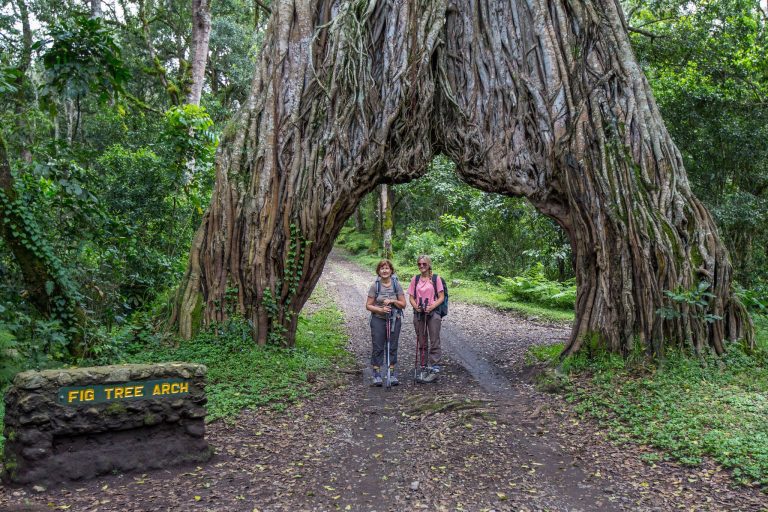
One Comment